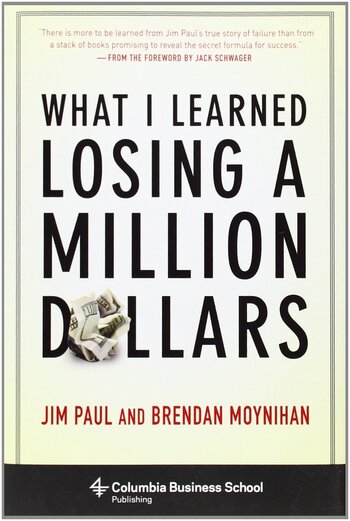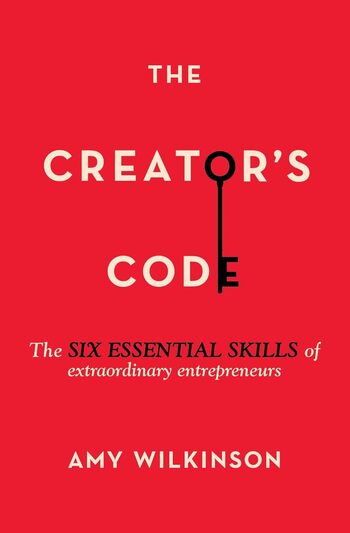
Perfectly Confident explores how finding a balance of confidence can improve decision-making. It warns against the risks of overconfidence and underconfidence, offering strategies for cultivating a realistic self-assessment.
Main Lessons
- Balance is key: Excessive confidence can lead to poor decisions, while too little can result in lost opportunities.
- Recognize biases: Challenge personal biases by considering diverse opinions.
- Confidence based on reality: Self-confidence should be backed by achievements and real abilities.
- Decision-making as forecasting: Consider a wide range of possibilities to avoid overconfidence.
- Learn from others: Gain insights by listening to diverse perspectives and experiences.
- Positive mindset and realism: Embrace information that challenges your views to foster genuine confidence.
- Innate abilities are not enough: Success builds on a mix of confidence, knowledge, and experience.
- Extract lessons from stories: Real-world examples highlight the dangers of unchecked confidence.
- Leadership and transparency: Effective leaders accept criticism and remain open to new information.
- Replace assumptions with facts: Decisions should be informed by evidence and probabilities.
- Develop resilience: Confidence grows from hard work, determination, and learning from failures.
- Middle way mindset: Cultivate a balanced view by clearly communicating what you do and do not know.
- Intuition has limits: Relying too heavily on gut feelings can mislead decision-making.
- Confidence evolves: Adjust confidence levels based on feedback and outcomes.
- Predicting outcomes: Use statistical reasoning for more accurate expectations in uncertain situations.








